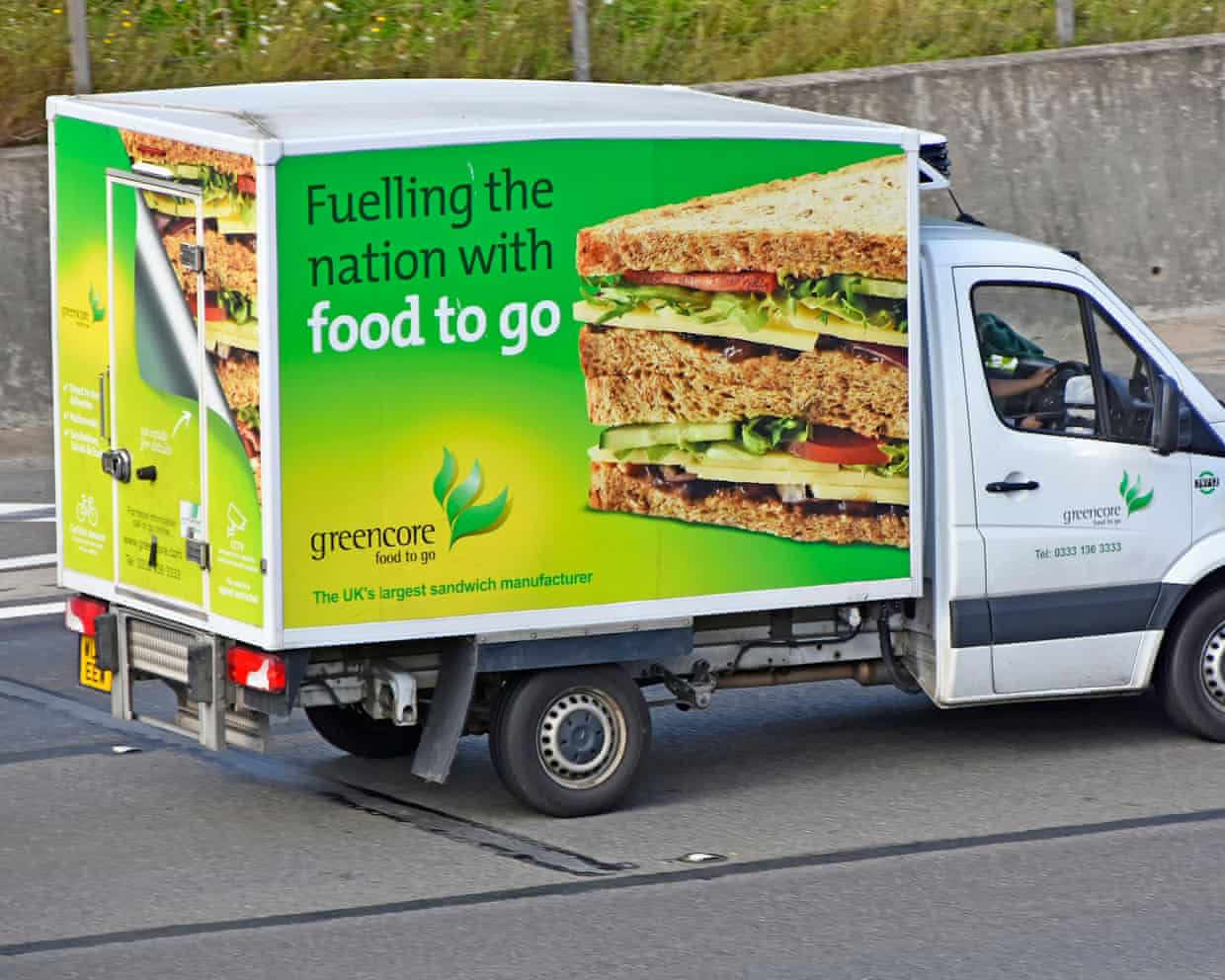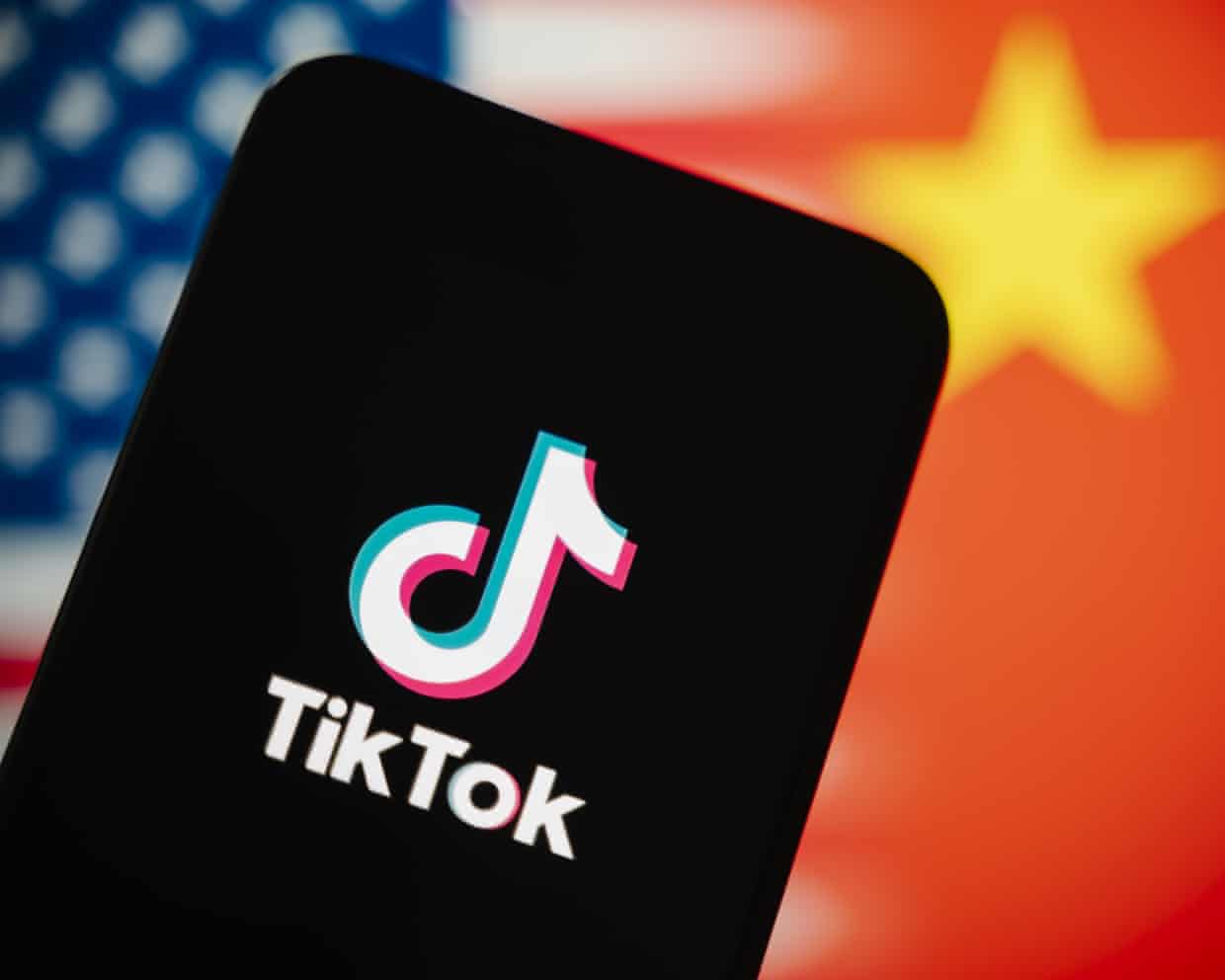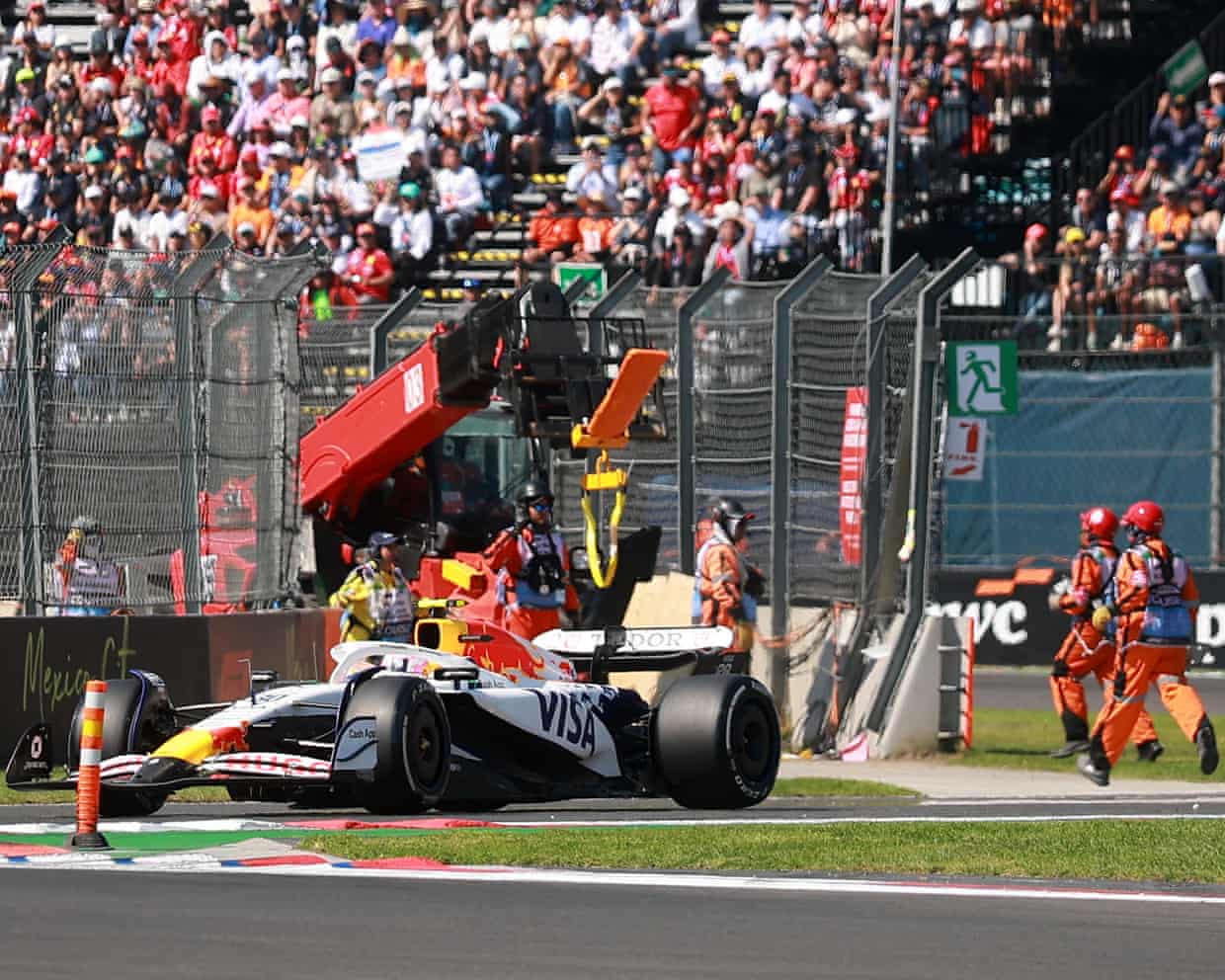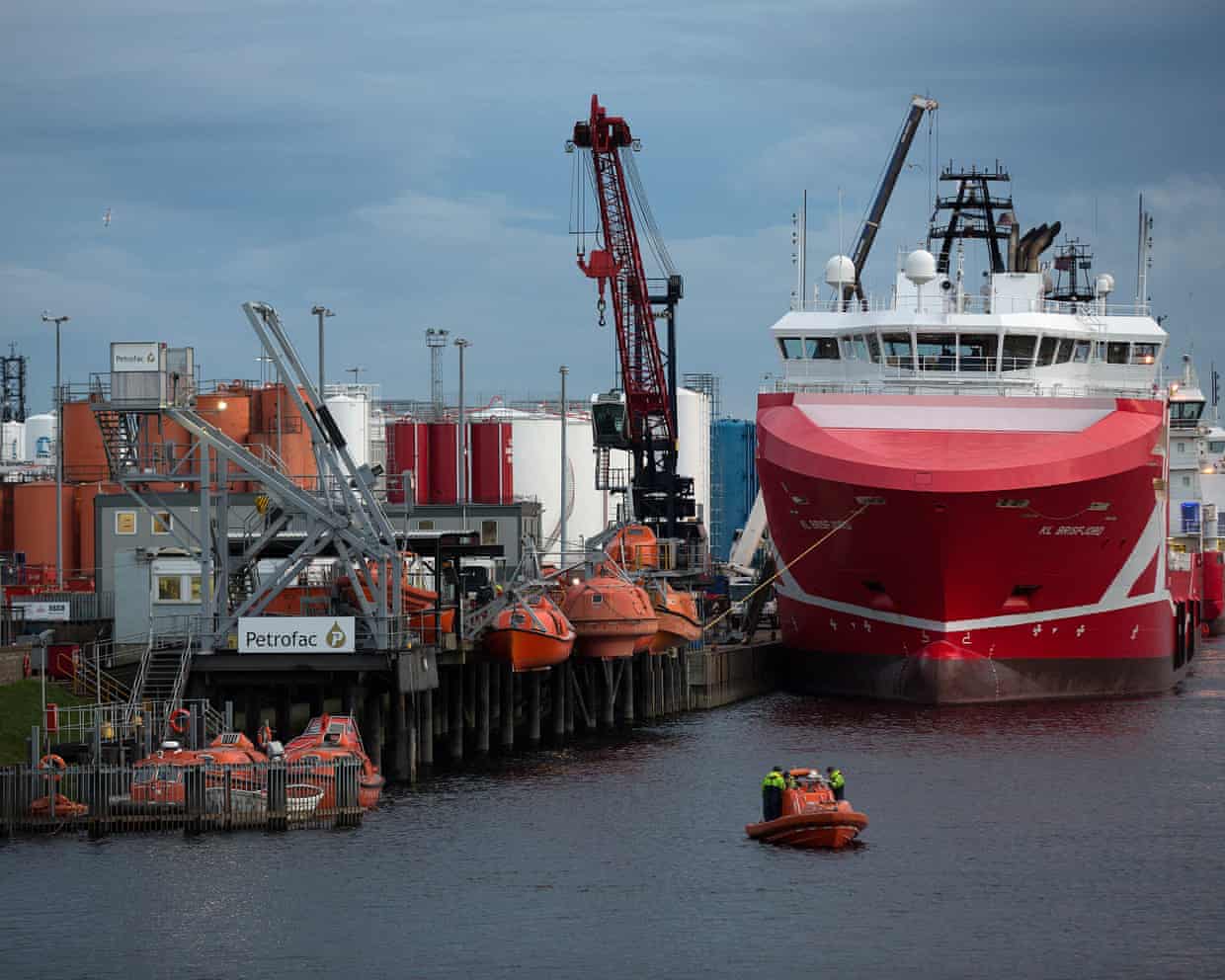Amazon strategised about keeping its datacentres’ full water use secret, leaked document shows

Executives at world’s biggest datacentre owner grappled with disclosing information about water used to help power facilitiesAmazon strategised about keeping the public in the dark over the true extent of its datacentres’ water use, a leaked internal document reveals.The biggest owner of datacentres in the world, Amazon dwarfs competitors Microsoft and Google and is planning a huge increase in capacity as part of a push into artificial intelligence.The Seattle firm operates hundreds of active facilities, with many more in development despite concerns over how much water is being used to cool their vast arrays of circuitry.Amazon defends its approach and has taken steps to manage how efficient its water use is, but it has faced criticism over transparency.Microsoft and Google regularly publish figures for their water consumption, but Amazon has never publicly disclosed how much water its server farms consume.
When designing a campaign for water efficiency, the company’s cloud computing division chose to account for only a smaller water usage figure that does not include all the ways its datacentres use water so as to minimise the risk to its reputation, according to a leaked memo seen by SourceMaterial and the Guardian,Amazon as a whole consumed 105bn gallons (397bn litres) of water in total in 2021, as much as 958,000 US households, which would make for a city bigger than San Francisco, according to the memo,Asked about the leaked document, an Amazon spokesperson, Margaret Callahan, described it as “obsolete” and said it “completely misrepresents Amazon’s current water usage strategy”,“A document’s existence doesn’t guarantee its accuracy or finality,” she said,“Meetings often reshape documents or reveal flawed findings or claims.
” Callahan would not elaborate on which strategic elements of the document were “obsolete”.The memo was dated one month before Amazon Web Services (AWS), the company’s cloud computing division, debuted a new sustainability campaign in November 2022 called “Water Positive”, with a commitment to “return more water than it uses” by 2030.In the memo, ahead of the campaign’s launch, executives grappled with whether to include public disclosures about “secondary” use – water used in generating the electricity to power its datacentres.They warned that full transparency was “a one-way door” and advised keeping AWS’s projections confidential, even as they feared that their advice could invite accusations of a cover-up.“Amazon hides its water consumption” was one negative headline the authors anticipated.
Callaghan said efficiency savings had already been achieved and pointed out that other companies also don’t count secondary water use.Executives opted to use only the relatively smaller figure of primary use, 7.7bn gallons per year, roughly equivalent to 11,600 Olympic swimming pools, when calculating progress towards internal targets because of “reputational risk”, fearing bad publicity if the full scale of Amazon’s consumption was revealed, the document shows.Ultimately as part of the campaign for water efficiency, Amazon aimed to cut its estimated 7.7bn gallon primary consumption to 4.
9bn by 2030 – without addressing secondary use.Using the higher of two water usage estimates, the one that would include secondary use, “would double the size and budget” of the campaign “without addressing meaningful operational, regulatory or reputational risks”, they warned, adding that there was “no focus from customers or media” on water used for electricity.“We may decide to release water volumes in the future,” the document said.“But … we should only do so if the lack of data undermines the programme or is required by regulators.”Scientists balked at the selective disclosure and the choice not to include secondary use of water in the total.
“In environmental science, it is standard practice to include both to more accurately capture the true water cost of datacentres,” said Shaolei Ren, associate professor of electrical and computer engineering at the University of California, Riverside.Amazon’s Water Positive campaign is still active and does not take into account secondary use, while the company continues to keep its current overall water consumption confidential.As US tech companies ride the wave of AI investment and pursue greater heights of computational power, the $2.4tn corporation is building new datacentres in some of the world’s driest areas, SourceMaterial and the Guardian revealed in April.In November 2022, AWS debuted its new Water Positive sustainability campaign, with a commitment to “return more water than it uses by 2030”.
The campaign only applies to AWS,The wider Amazon group, including the world’s biggest online retail business, has an overall water consumption that is far higher, 105bn gallons per year,“The models referenced in this document were preliminary and unvetted,” said Amazon’s Callahan, who declined to provide any alternative figures,The document’s authors advised the company not to release data about the wider company, but they also warned that selective disclosure could lead to accusations of a cover-up,There was “reputational risk of publicly committing to a goal for only a portion of Amazon’s direct water footprint”, they wrote.
They even suggested negative headlines that might result including “Amazon disappoints, failing to take full responsibility for water”.“It would be better if they could own up to it,” said a current Amazon software developer, who asked to remain anonymous for fear of retaliation.“Even if they said it was a low priority, at least that would be honest.”In a sustainability report in August, AWS claimed it had achieved 53% of its Water Positive goal.The division’s plan for reaching the target relies mostly on “water replenishment” projects, some in partnership with Water.
org, a non-profit organisation co-founded by the actor Matt Damon,The strategy document refers to these projects as “offsets”, describing initiatives like using Amazon computer technology to help utilities prioritise which pipes to fix in order to minimise leaks,Sign up to TechScapeA weekly dive in to how technology is shaping our livesafter newsletter promotionBut of the $109m AWS planned to spend on offsets, about half would have been spent anyway, either to meet regulatory requirements or because the projects would help AWS operations by making water more available, the document shows,Experts said this amounted to incomplete accounting,“Regardless of what sort of offsetting or replenishment you do, it doesn’t necessarily nullify the water footprints of your own operations,” said Tyler Farrow, standards manager at the Alliance for Water Stewardship.
“Calling your operations water positive or water neutral is misleading,”Amazon’s Callahan said that the “replenishment spending”, which other tech companies also undertake, is a voluntary, not a regulatory, requirement,“We’ve expanded well beyond what was imagined in the document because it’s the right thing to do for the world and for the communities in which we operate,” she said,Amazon is also engineering industry standards to downplay its water use and avert scrutiny, said Nathan Wangusi, a former water sustainability manager at the company,The corporation has funded efforts by the Nature Conservancy and the World Resources Institute non-profits, alongside LimnoTech, a consultancy, “to create a globally accepted methodology for quantifying the benefit of watershed restoration projects”.
Responding to questions from SourceMaterial, all three organisations defended their integrity and independence, insisting that Amazon had no undue influence on any methodologies they had created.“They spend a lot of time creating methodologies that are used to obfuscate the water footprint,” Wangusi said, referring to Amazon.Callahan said Wangusi’s claim was “contradicted by facts”.“Amazon’s water use reporting is based on third-party assured data from actual utility bills, not estimates or self-reporting,” she said.Wangusi’s claim, though, was not about Amazon’s water-use reporting, but about measuring the effects of water offsets.
Callahan said these efforts were “standard practice” and that Amazon’s “customers expect us to hold ourselves accountable to credible guidance and best practices”.As well as choosing not to disclose water use from electricity generation, Amazon has estimated its larger “indirect” water footprint, the document shows.This extra usage, which falls under a classification known as “scope 3”, includes water for production and construction – in Amazon’s case, mostly irrigation of cotton plantations supplying its fashion brands, and vegetables for its grocery arm, Amazon Fresh.Here, too, Amazon decided to keep its consumption confidential, even though “indirect water use represents roughly 90% of Amazon’s total water footprint”, according to the document.AWS avoided establishing targets for indirect water use because that figure would be “much more significant for the rest of Amazon, especially in the agricultural supply chain, and the team does not want to establish a standard for addressing scope 3 water use that the rest of Amazon would need to follow, given the larger resource implications”, the authors wrote.
“You don’t need to obscure or obfuscate,” said Wangusi, who believes he was “hounded out” of Amazon for criticising the company’s approach,(Amazon declined to comment on his departure,)“It doesn’t make you more profitable,” he said,“It makes you less trustworthy,”The best public interest journalism relies on first-hand accounts from people in the know.
If you have something to share on this subject, you can contact us confidentially using the following methods.Secure Messaging in the Guardian appThe Guardian app has a tool to send tips about stories.Messages are end to end encrypted and concealed within the routine activity that every Guardian mobile app performs.This prevents an observer from knowing that you are communicating with us at all, let alone what is being said.If you don't already have the Guardian app, download it (iOS/Android) and go to the menu.
Select ‘Secure Messaging’.SecureDrop, instant messengers, email, telephone and postIf you can safely use the Tor network without being observed or monitored, you can send messages and documents to the Guardian via our SecureDrop platform.Finally, our guide at theguardian.com/tips lists several ways to contact us securely, and discusses the pros and cons of each.

UK watchdog raises competition concerns over Greencore-Bakkavor deal
Greencore’s £1.2bn deal to buy Bakkavor is under the spotlight after the competition watchdog said the tie-up between Britain’s biggest sandwich maker and its rival could harm competition.Greencore struck a deal in April to buy its rival Bakkavor, which supplies sandwiches, salads and other snacks to leading supermarkets such as Tesco, Marks & Spencer, Sainsbury’s, Waitrose and Asda.Together the companies said they would create a UK convenience food business with a combined revenue of £4bn.However, the Competition and Markets Authority (CMA) has said the deal could result in a “substantial lessening of competition” within the market for supermarket own-label chilled sauces

AI can help authors beat writer’s block, says Bloomsbury chief
Authors will come to rely on artificial intelligence to help them beat writer’s block, the boss of the book publisher Bloomsbury has said.Nigel Newton, the founder and chief executive of the publisher behind the Harry Potter series, said the technology could support almost all creative arts, although it would not fully replace prominent writers.“I think AI will probably help creativity, because it will enable the 8 billion people on the planet to get started on some creative area where they might have hesitated to take the first step,” he told the PA news agency.“AI gets them going and writes the first paragraph, or first chapter, and gets them back in the zone,” he said. “And it can do similar things with painting and music composition and with almost all of the creative arts

‘People thought I was a communist doing this as a non-profit’: is Wikipedia’s Jimmy Wales the last decent tech baron?
In an online landscape characterised by doom and division, the people’s encyclopedia stands out – a huge collective endeavour giving everyone free access to the sum of human knowledge. But with Elon Musk branding it ‘Wokipedia’ and AI looming large, can it survive?Wikipedia will be 25 years old in January. Jimmy Wales’s daughter will be 25 and three weeks. It’s not a coincidence: on Boxing Day 2000 Wales’s then wife, Christine, gave birth to a baby girl, but it quickly became clear that something wasn’t right. She had breathed in contaminated amniotic fluid, resulting in a life-threatening condition called meconium aspiration syndrome

US and China reach ‘final deal’ on TikTok sale, treasury secretary says
US treasury secretary Scott Bessent claimed on Sunday that the US and China have finalized the details of a deal transferring TikTok’s US version to new owners.“We reached a final deal on TikTok,” Bessent said on Sunday on CBS’s Face the Nation with Margaret Brennan. Alluding to Donald Trump and his Chinese counterpart, Xi Jinping, Bessent continued: “We reached [a deal] in Madrid, and I believe that as of today, all the details are ironed out, and that will be for the two leaders to consummate that transaction” during a meeting scheduled for Thursday in Korea.Bessent did not disclose any details of the deal. But he did say it was a part of a broader framework – agreed to by both the US and China – of a potential trade deal to be discussed when Trump and Xi meet in the coming days

‘I could have killed them’: Lawson’s fury after narrowly missing hitting marshals
Liam Lawson issued a damning broadside after he narrowly missed hitting two marshals on track at the Mexico City Grand Prix, warning that he could have killed them and branding it dangerous and unacceptable.In the race which was won in dominant form by McLaren’s Lando Norris, the Racing Bulls driver had started in 15th place but took damage on the opening lap and made an immediate pit stop.When he emerged from the pit lane he was confronted with two marshals running across the track having been clearing debris from the opening corners directly in front of the New Zealander.“Mate. Oh my god, are you kidding me? Did you just see that?” he said to his engineer on team radio

NFL week eight: Broncos crush Cowboys, Colts defeat Titans, and more – as it happened
(6-2) Broncos 44-24 Cowboys (3-4-1)(1-7) Saints 3-23 Buccaneers (6-2)(7-1) Colts 38-14 Titans (1-7)The whistle blows in Denver. What an impressive performance from the Bronos, after a very early error from Bo Nix they roar back and dominate Dallas’ injury-hit and very shaky defense. Punishing weaknesses in an opponent is a very useful trait to possess indeed. Nix finished 19/29 for 247 yards, four touchdowns and a pick. The running attack combined for 179 yards with JK Dobbins ripping 111 of them

Oil firm Petrofac enters administration, putting 2,000 jobs at risk; Greencore-Bakkavor food giant deal faces UK competition concerns – business live

Oil and gas firm Petrofac files for administration, putting thousands of jobs at risk

Ultra-HD televisions not noticeably better for typical viewer, scientists say

Apple Watch Ultra 3 review: the biggest and best smartwatch for an iPhone

The old man and the mirror: Aaron Rodgers meets the quarterback he used to be

Crunch time nears for Australia as selectors try to fit Ashes batting puzzle pieces together | Martin Pegan